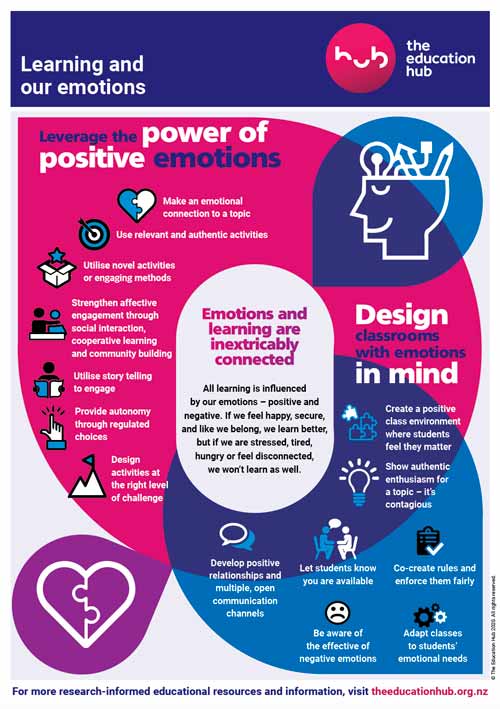

Humans have used color association in ancient practices in Greece, Egypt, and China. How these colors are juxtaposed can influence how they're perceived and affect the viewer.Ĭolors have been used for millennia to evoke certain feelings. There are various relationships between colors, such as primary, secondary, tertiary, and complementary. How colors interact with each other largely influences how we perceive them. However, these connotations vary between cultures and personal experiences.Ĭolor psychology primarily involves color theory. We all have instinctual connections between specific colors and the feelings they evoke. What is color psychology?Ĭolor psychology is the phenomenon where color influences human behavior, emotions, and perceptions.

All these small elements affect our daily lives, although we rarely think about them. Compare this to how you feel when you enter a building with dark walls and low light. Think of the joy you experience finding that outfit in the color that suits you best. We base many of our daily decisions on the colors we like and those we find around us. Have you ever looked at an artwork made with cool colors and felt calm? Or seen one made with warm colors and felt the energy and passion of the artist come off the page? This feeling, in essence, is color psychology. It makes you wonder what other colors might be out there that we, as a species, are missing out on.

Did you know bees can't see the color red but can see some purples that humans can't? This phenomenon is called bee's purple and is linked to the different areas of the light spectrum they can see versus what humans can see.


 0 kommentar(er)
0 kommentar(er)
